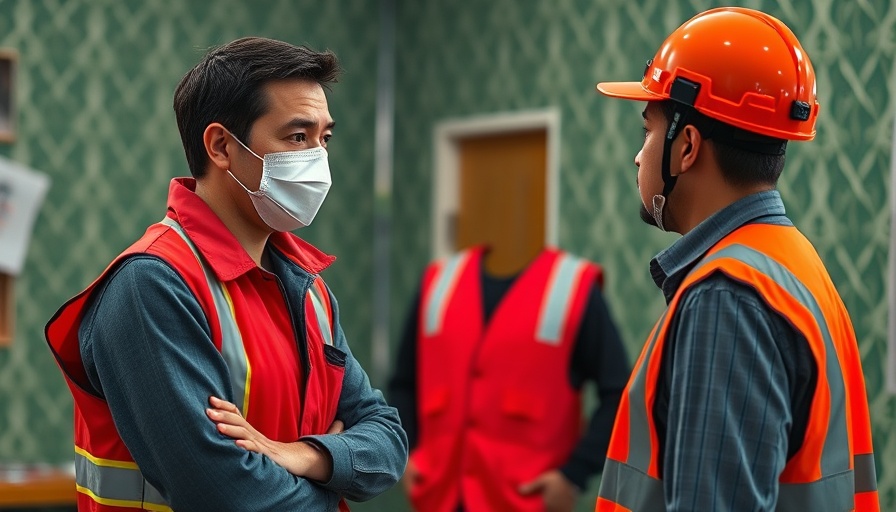
Addressing Climate Disasters in the Asia-Pacific
As climate change escalates, the Asia-Pacific region faces unprecedented challenges, from deadly heatwaves to devastating floods and cyclones. The Red Cross is adapting its approach to disaster response by focusing on not just immediate relief but longer-term solutions that help vulnerable communities withstand and recover from such events. According to the International Federation of Red Cross and Red Crescent Societies (IFRC), the need for this shift is more pressing than ever.
The Cost of Inaction
Over the past three decades, Bangladesh has suffered economic losses averaging $3 billion annually due to climate change. Recent catastrophic flooding in 2024 deeply affected around 5 million people, leaving behind a trail of destruction and a high death toll. As Alexander Matheou, the Asia-Pacific regional director for IFRC, pointed out, the fallout from natural disasters extends far beyond immediate impacts—offering insights on how long-term strategies must evolve in response to such crises.
Challenges in Disaster Management
Not all communities are equally equipped to cope with climate-induced catastrophes. Poorer populations often reside in vulnerable, often undocumented, housing—meaning they lack access to essential amenities and governmental support. This complexity both complicates disaster response and underlines the necessity of integrating sustainable development practices into policy frameworks, according to Matheou.
The Role of Technology in Disaster Preparedness
Innovation in technology is central to addressing these challenges. Effective disaster management can now leverage advanced weather forecasting and mobile communication to disseminate vital information to communities at risk. Alerts sent directly to mobile phones can prompt immediate, life-saving actions, eliminating the need for outdated warning methods like sirens.
Utilizing AI and Insurance for Better Resilience
Artificial intelligence and innovative insurance solutions are also emerging as essential tools in this evolving landscape. By utilizing AI to analyze vast datasets, organizations can better predict future climate events, establish risk profiles, and tailor support to those most in need. Additionally, new insurance models are being designed to provide preemptive assistance to at-risk communities, ensuring they are less vulnerable during disasters.
Future Predictions: A Call for Sustainable Action
The urgency surrounding climate change demands innovative problem-solving approaches. As the Red Cross and similar organizations emphasize adaptive strategies, the integration of sustainability practices—including ecosystem restoration and renewable energy projects—serves not only as a mitigative measure but also as a catalyst for economic and social development. Furthermore, this intersection of climate action and sustainable living highlights the need for broader community engagement in climate initiatives.
Empowerment Through Sustainable Solutions
The future of disaster preparedness lies in empowering communities. Encouraging resident-led projects like community gardens can enhance food security while fostering social cohesion. Practices such as composting and zero waste initiatives not only reduce environmental footprints but also educate residents about sustainable living, aligning with global sustainability goals.
Conclusion: The Path Forward
The Red Cross's commitment to evolving disaster response reflects a critical shift in how society views climate change: not only as a series of events to respond to, but as an ongoing challenge requiring proactive, long-term planning and commitments to sustainability. The integration of technology, community resources, and green economics can lay a foundation for resilient futures. It's essential for everyone—from policy makers to individuals—to engage in sustainable practices and support initiatives that promote environmental stewardship and resilience.
 Add Row
Add Row  Add
Add 



Write A Comment